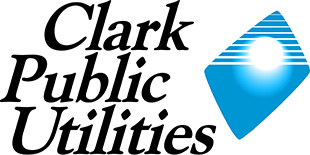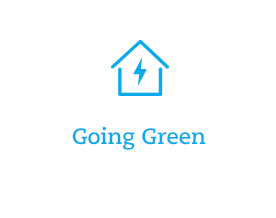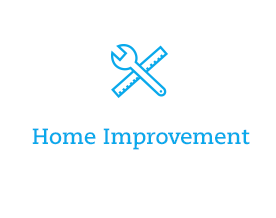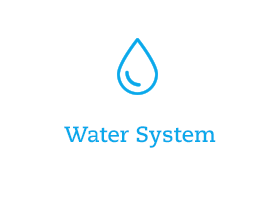How to Weatherize Your Home for Winter
If you want to lower your energy bill this winter, fall is the time to act. The Clark Public Utilities weatherization 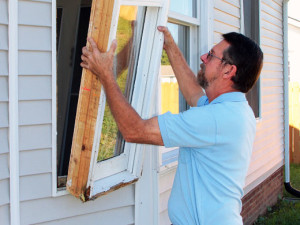 program can help you make those final preparations before the colder weather creeps in. Weatherization is something customers can invest in and recoup long-term return. Customers think about weatherization as guarding against cold weather, but it actually helps reduce wasted energy during the winter heating and summer cooling seasons.
program can help you make those final preparations before the colder weather creeps in. Weatherization is something customers can invest in and recoup long-term return. Customers think about weatherization as guarding against cold weather, but it actually helps reduce wasted energy during the winter heating and summer cooling seasons.
Insulation and windows can be expensive items. Both are worthwhile in homes built before the 1980s when energy was cheap and insulating a house didn’t save much. Weatherizing a pre-1980s “air-leaky” house today can make a significant difference in the utility bill, because they’ve risen.
Causing just 10 percent of the total air leaks in the average home, windows aren’t the best place to start. Plugging up leaks is better and less expensive solution. Floors, walls and ceilings lose 31 percent of your heat; ducts and ductwork, 15 percent; fireplaces, 14 percent; and plumbing, 13 percent.
Floors and attics are good starting places. Measure the insulation under your floor and in the attic. You may discover you simply need to add enough to bring your home up to an acceptable R-rating.
Although new homes must have R-49 insulation in ceilings (15 to 18 inches of blown-in insulation) and R-30 insulation in the crawl space or basement under floors (a 10-inch thickness), older homes may not benefit from these R-levels of insulation. Depending on its construction, its age and how much weatherproofing work previous owners did, the amount of insulation you need to reach these R-ratings may vary.
Does it pay to upgrade to higher R-ratings? It depends. If you go from zero floor insulation to R-19, you gain a 90 percent improvement. However, it’s only a 36 percent improvement upgrading existing R-19 insulation to an R-30 rating. Depending on your heating costs, it may not pay.
Do-it-yourselfers can handle some simple insulation upgrades. However, if you’re using a contractor for insulation, plugging air leaks or for sealing ductwork, use one that participates in the utility’s Contractor Network to receive incentives and rebates. Contractor Network lists are available.
Clark Public Utilities offers weatherization help. If you’re considering weatherproofing your home, look at the Weatherization Program. Several weatherization measures are eligible for incentives and loans at a low interest rate or income based home.
Low-income customers may be eligible for help through the Clark County weatherization program. To see if you’re eligible, contact our ComCare department.
